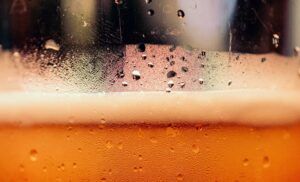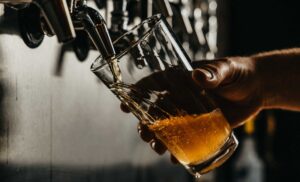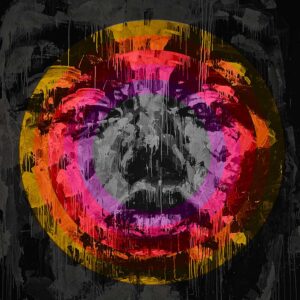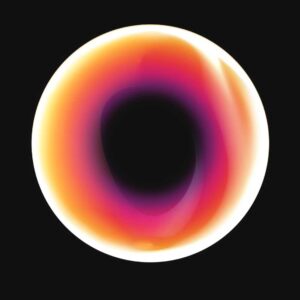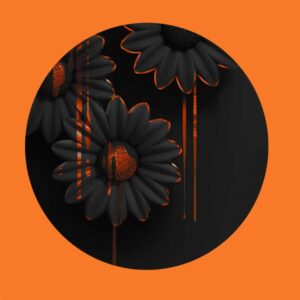The non-alcoholic drinks market is growing – and fast. With more than 300 established brands now in the category, Laurent Robin-Prevallee asks if it’s time to reframe the language used within the category and give non-alcoholic drinks their own set of marketing rules.
“In a society where people feel increasingly confident to not drink alcohol at all (and feel proud about that choice), could now be the perfect moment for low or no-alcohol brands to break away from the perceived marketing successes of the alcohol industry?
What if brands and products broke away from those alcoholic roots, instead carving their own niche away from the established look and feel of alcoholic drinks? The current societal zeitgeist has created the perfect – some may say unmissable – opportunity for non-alcoholic spirits to create a beautiful and uniquely distinctive category and identity of their own. I’ll cheers to that.
Our world is changing and we are adapting just as quickly. Traditionally in the spirits market, there are some strong and accepted category rules for each individual drink, that are replicated by their non-alcoholic counterpart. It feels a bit, dare I say it, lazy. As a designer with experience in creating and crafting bottles for sprits, I say let’s forget those rules, and encourage fresh new ideas for our non-alcoholic lines.
Wouldn’t it be amazing if we could create a new category with its own set of rules for the non-alcoholic marketplace, all while creating meaningful brands for a meaningful future?
